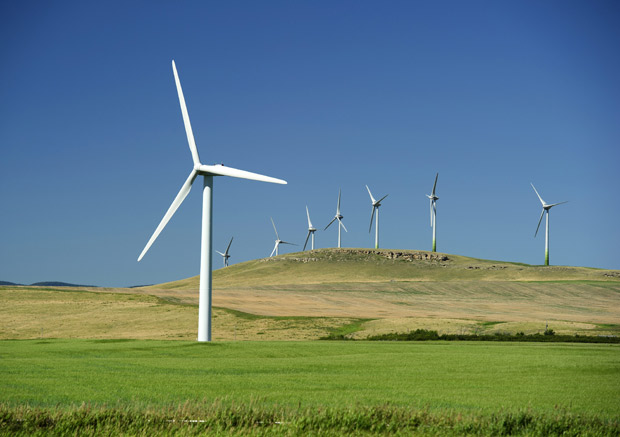TORONTO
– Wind has emerged as a natural super power as Canada continues to develop
more environmentally friendly sources of energy.

The
increase in popularity has sparked a debate about the impact of wind as a
reliable source of energy.
While
some advocates argue it’s a clean and green way to meet Canada’s power demands,
critics say wind farms and the towering turbines that dot the landscape
contribute to a host of health, environmental and economical problems.
What
the advocates say…
Cheap
and clean: Wind power is a clean, free and renewable source of energy. Plus,
more wind power may mean the country can move away from so-called ‘dirty’
sources of energy production like coal and oil from the tarsands.
It’s
available: Our vast landscape and gusty coastlines have untapped potential to
produce more wind power.
Supply
matches demand: The wind is typically most powerful in colder weather, meaning Canada’s
coldest months, generally December to March, have great wind power generating
potential. They’re also among the months where energy consumption is at its
highest demand.

Get daily National news
Proven
potential: Wind energy currently powers over one million homes in Canada,
according to the Canadian Wind Energy Association.
Preservation
power: Wind energy offsets emissions from other energy sources and preserves
precious water resources. The Canadian Wind Energy Association estimates powering
more than 200 homes with wind energy can reduce greenhouse gas emissions by
2,000 tonnes, the equivalent of planting 10,000 trees or taking over 400 cars
off the road.
What
the opponents say…
Flora
and fauna: Ecosystems could be damaged or destroyed by wind turbine
construction. Migrating birds could be at risk, as well as other animals that
live near lands evacuated for wind farm construction.
Health
problems: Residents living near wind turbines reported symptoms such as
dizziness, headaches and sleep disturbance, according to a 2010 report by Ontario’s Chief Medical Officer of Health
on the impact of wind turbines. The scientific evidence available could not
actually link the disturbance to adverse health effects.
Noise
pollution: Low-frequency noise emitted from the rotating blades of wind
turbines has been the subject of numerous scientific reviews. While the noise
can annoy some residents and reportedly sicken others living near wind farms,
evidence is not sufficient enough to link the noise to hearing impairment.
Devaluation:
Local property values could be negatively impacted by wind farms in close
proximity to homes as residents grapple with health concerns (perceived or
confirmed), the visual distraction of unsightly turbines and the loss of
undeveloped surrounding lands.
It’s
unreliable: Wind turbines move intermittently, not 24 hours a day, 7 days a
week. While some argue this makes wind power an unreliable as a source of
energy, others say that enough turbines connected through a grid could provide
a stable output. The Canadian Wind Energy Association says wind power should be
considered as part of a “balanced energy diet” compensated by conventional
forms of electricity generation, such as hydroelectricity.







Comments